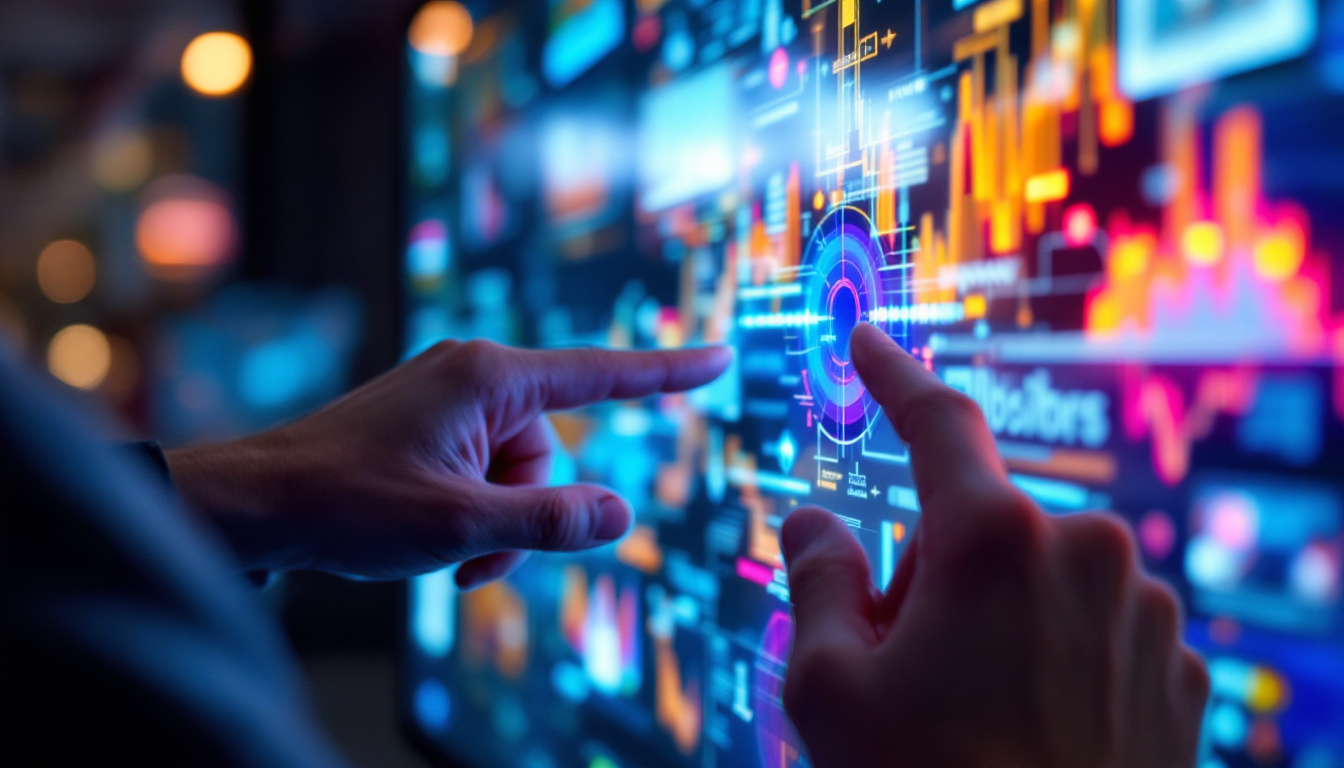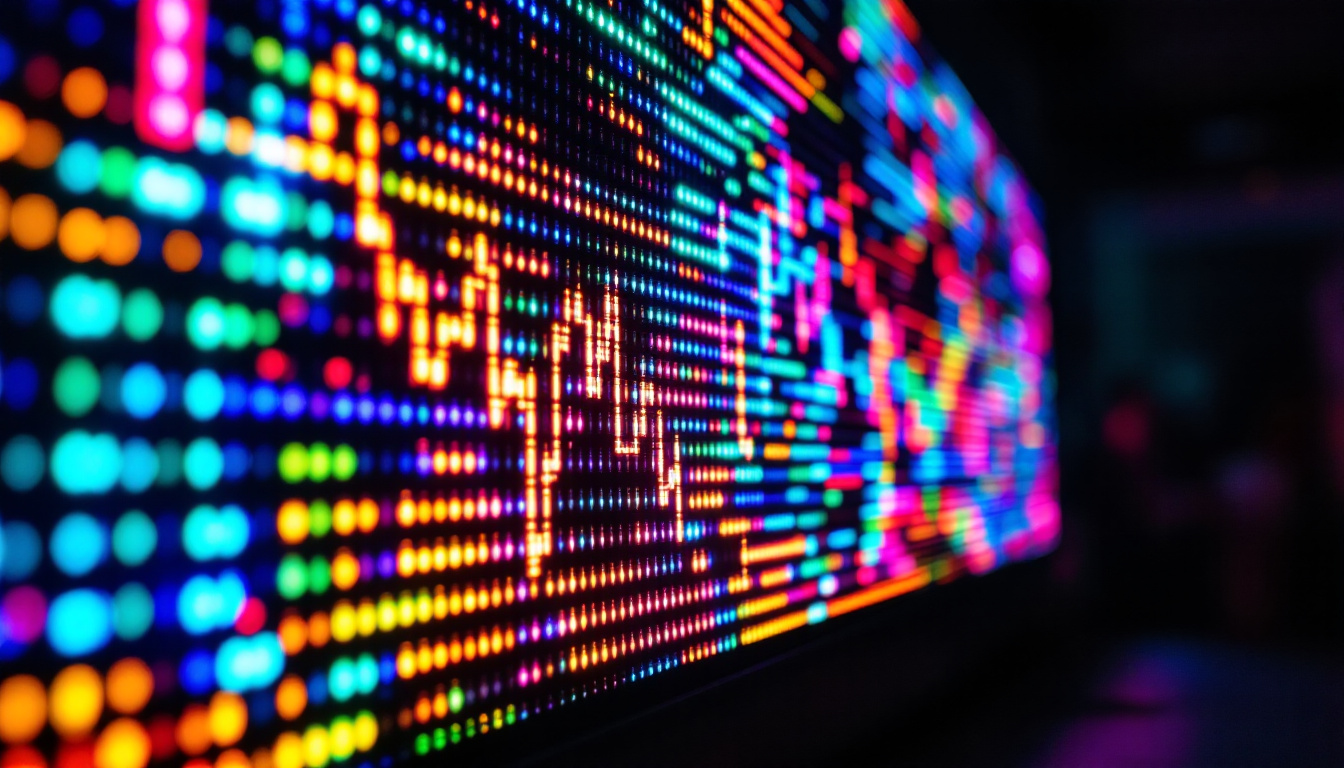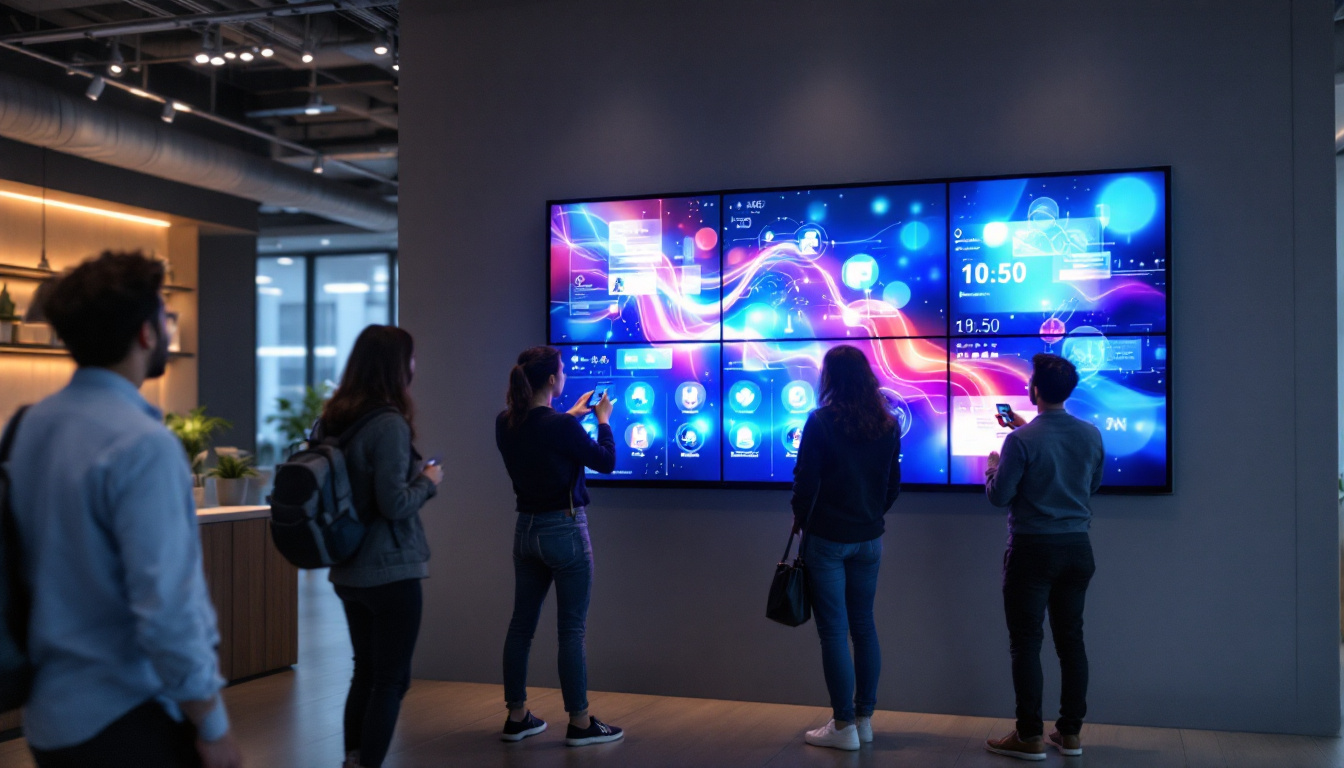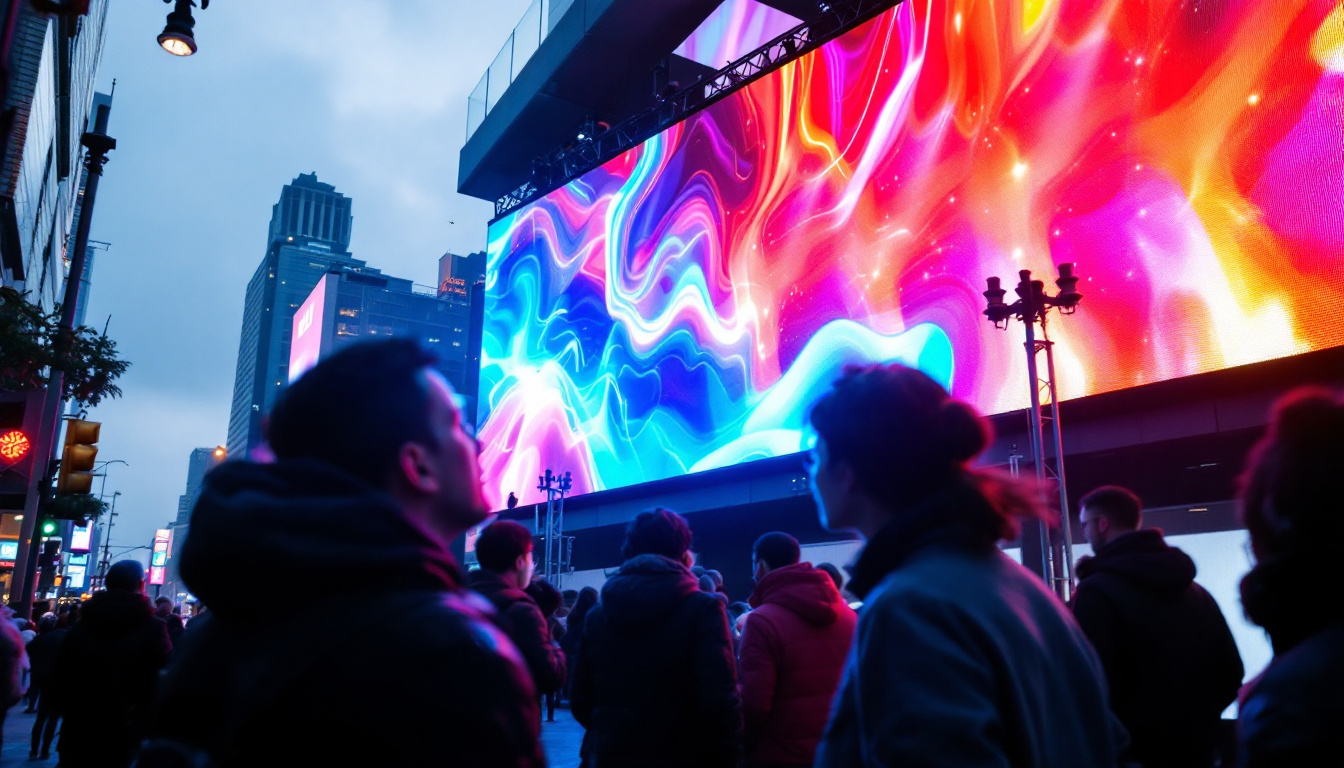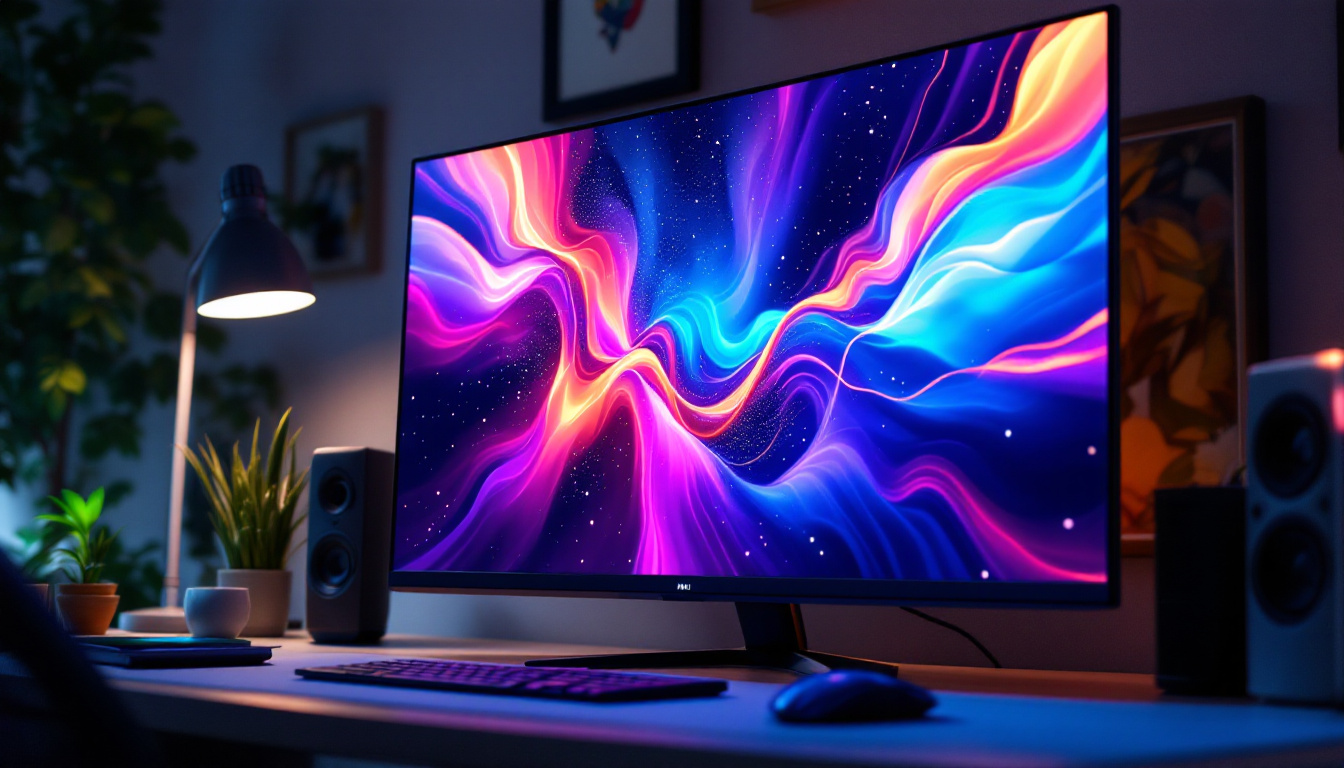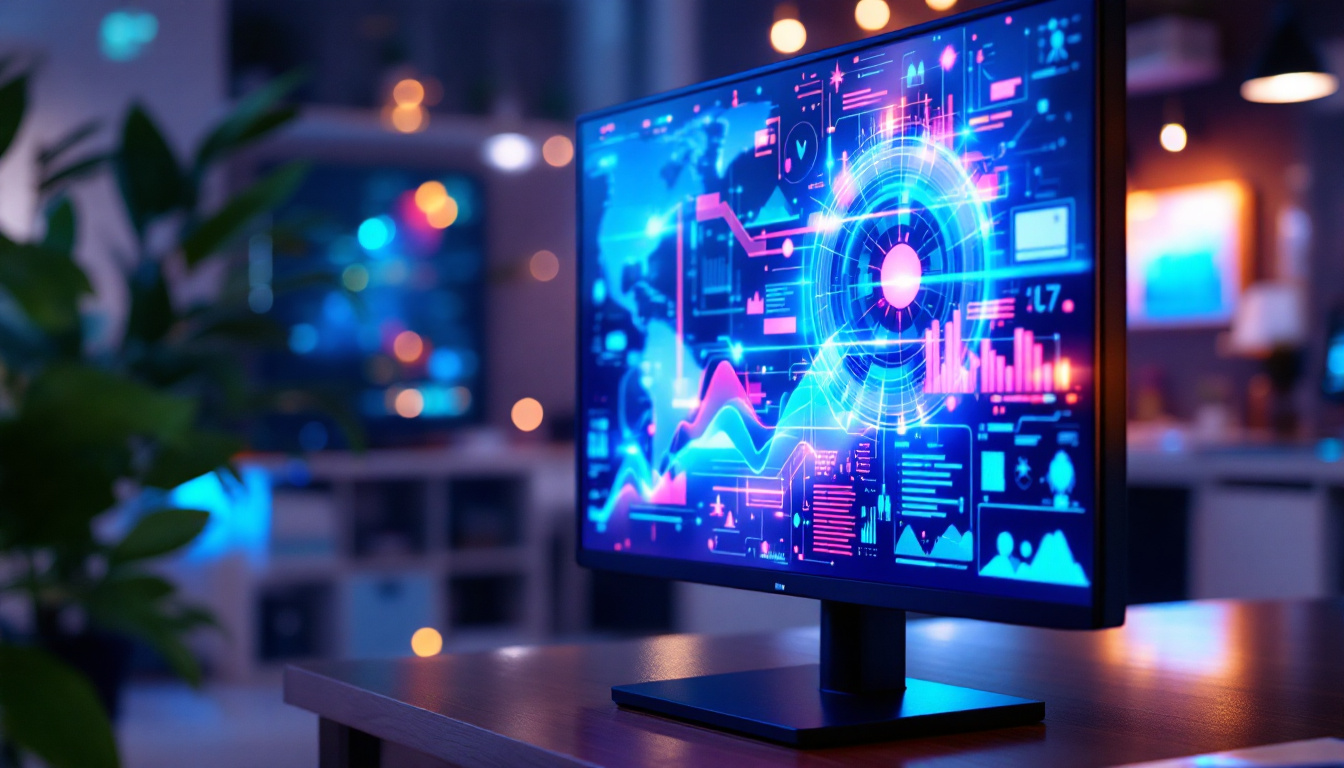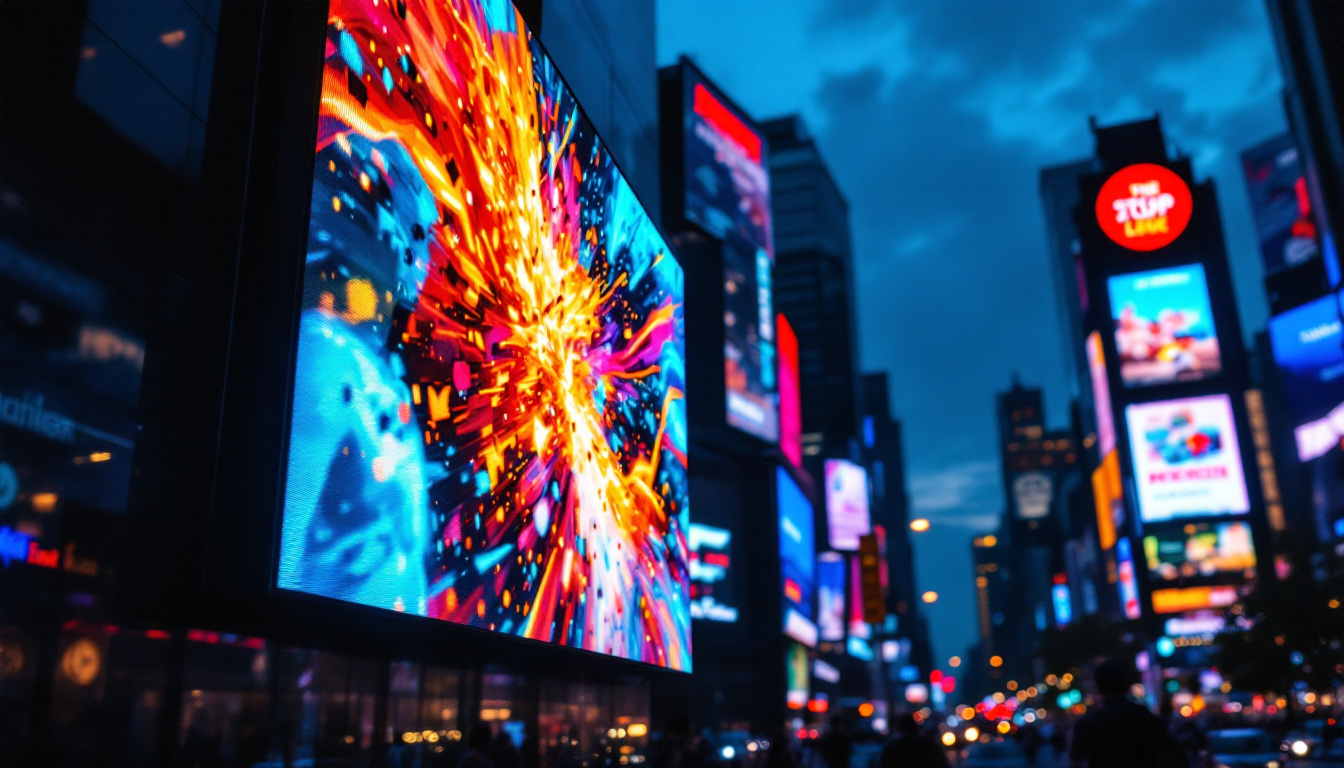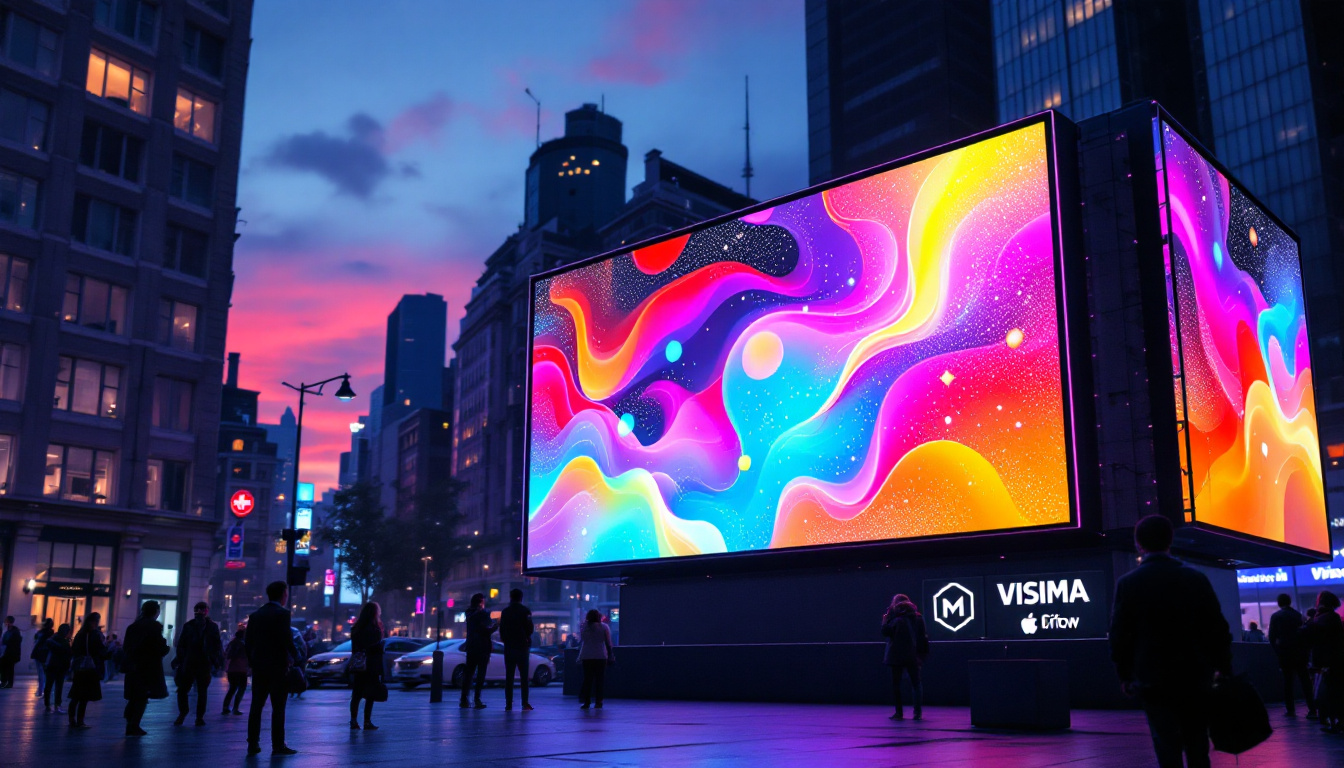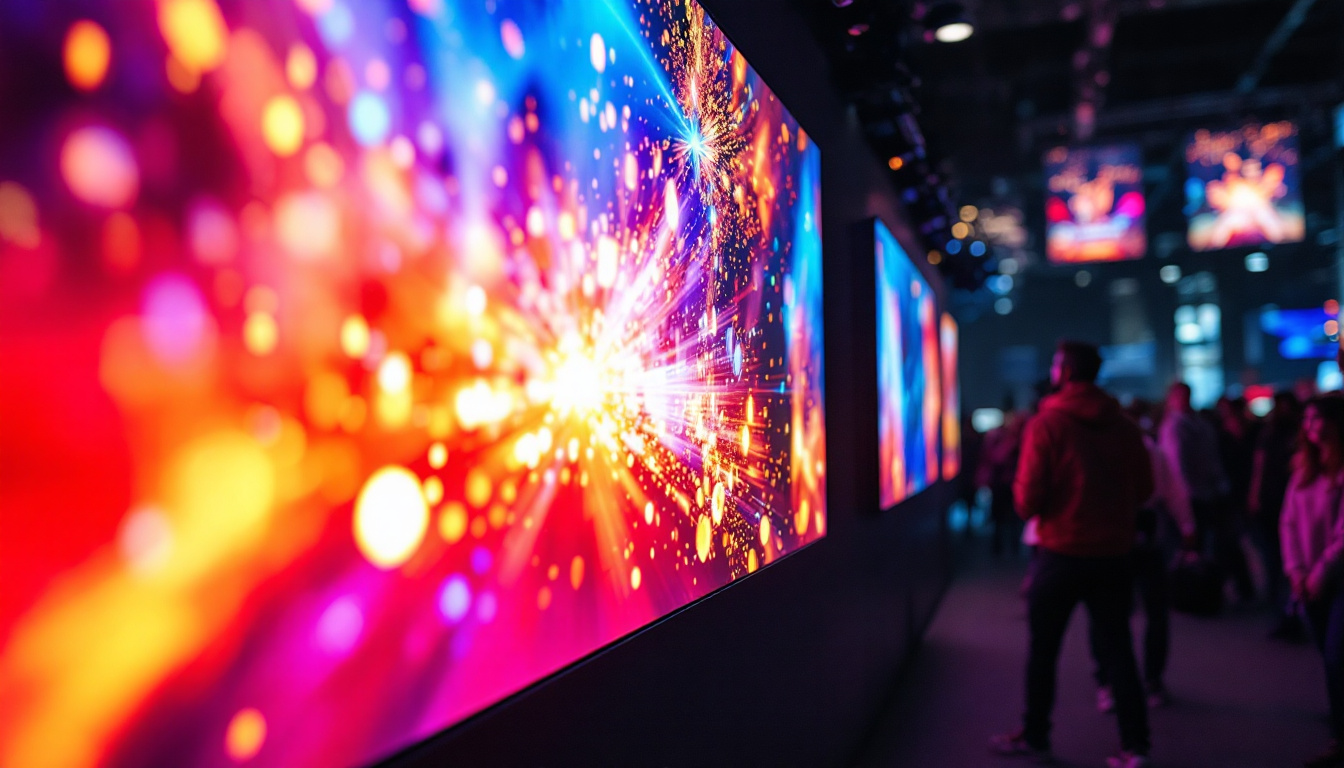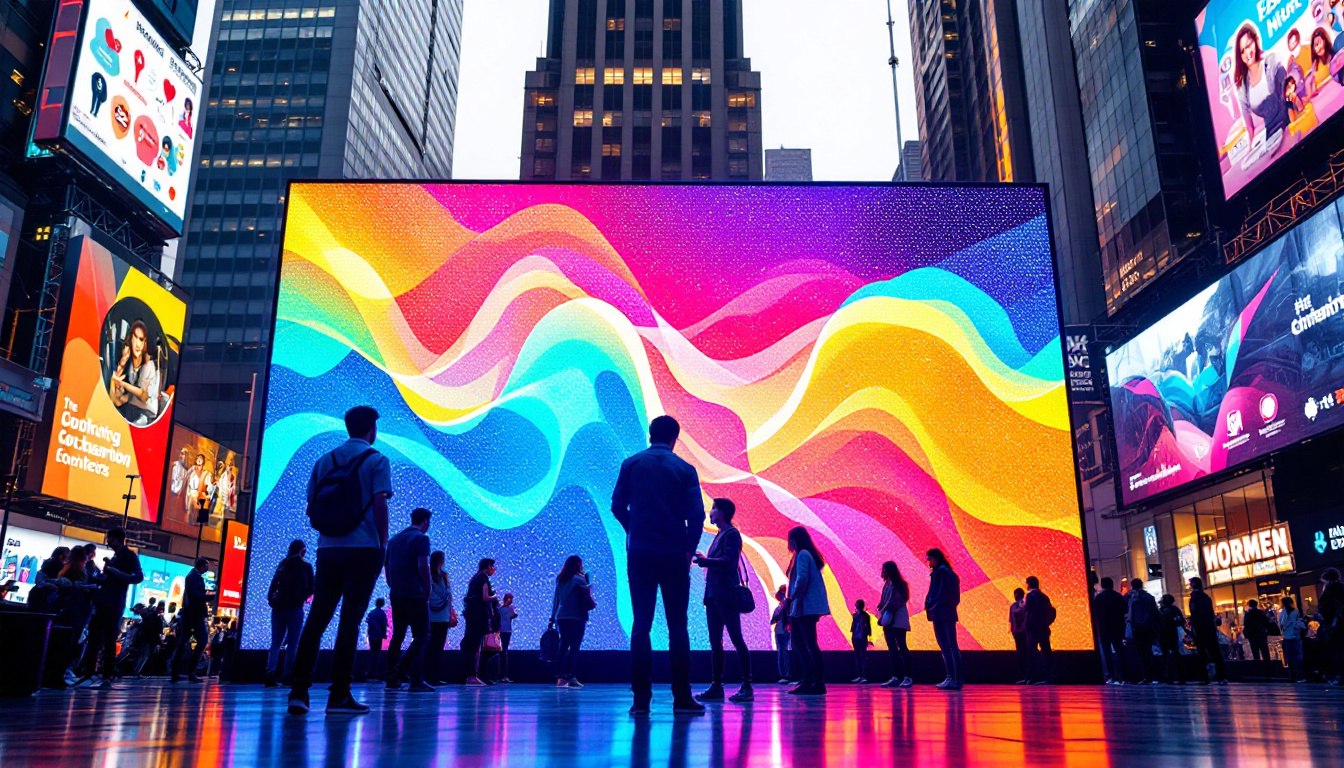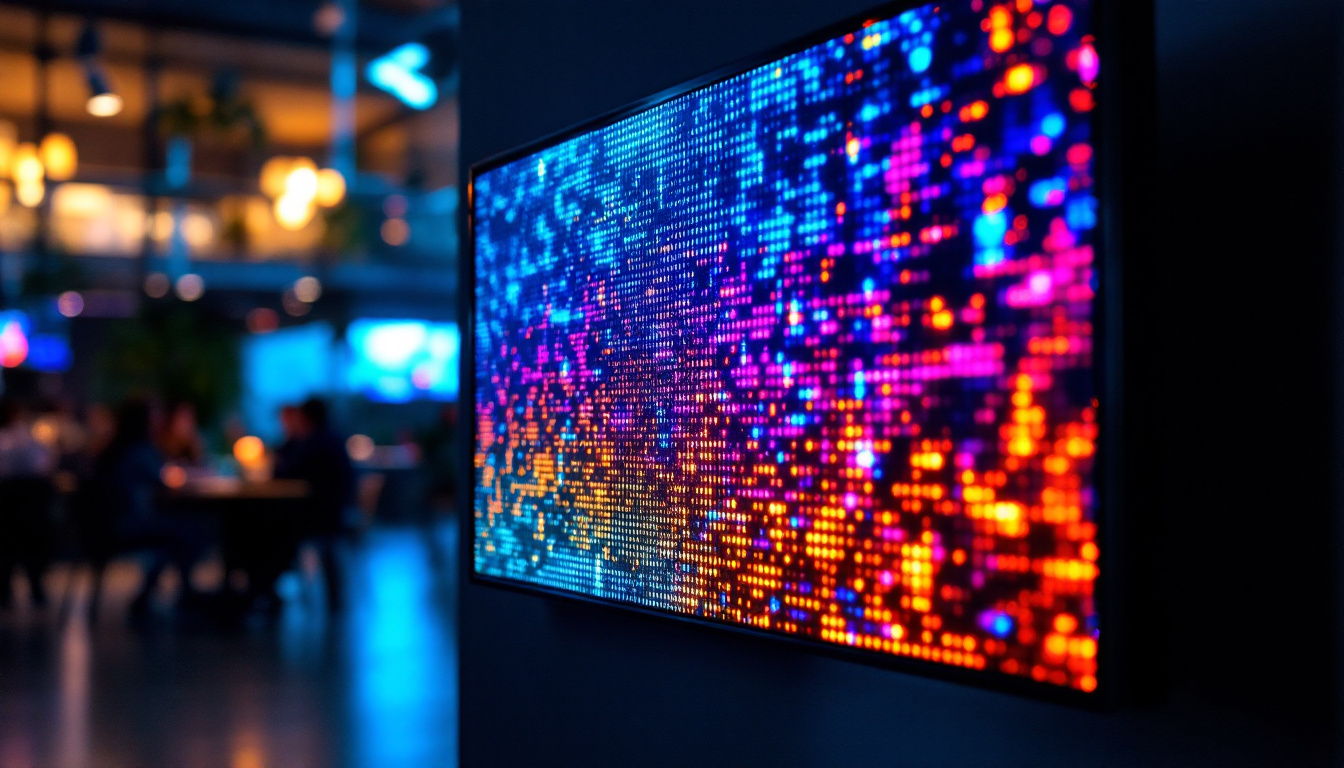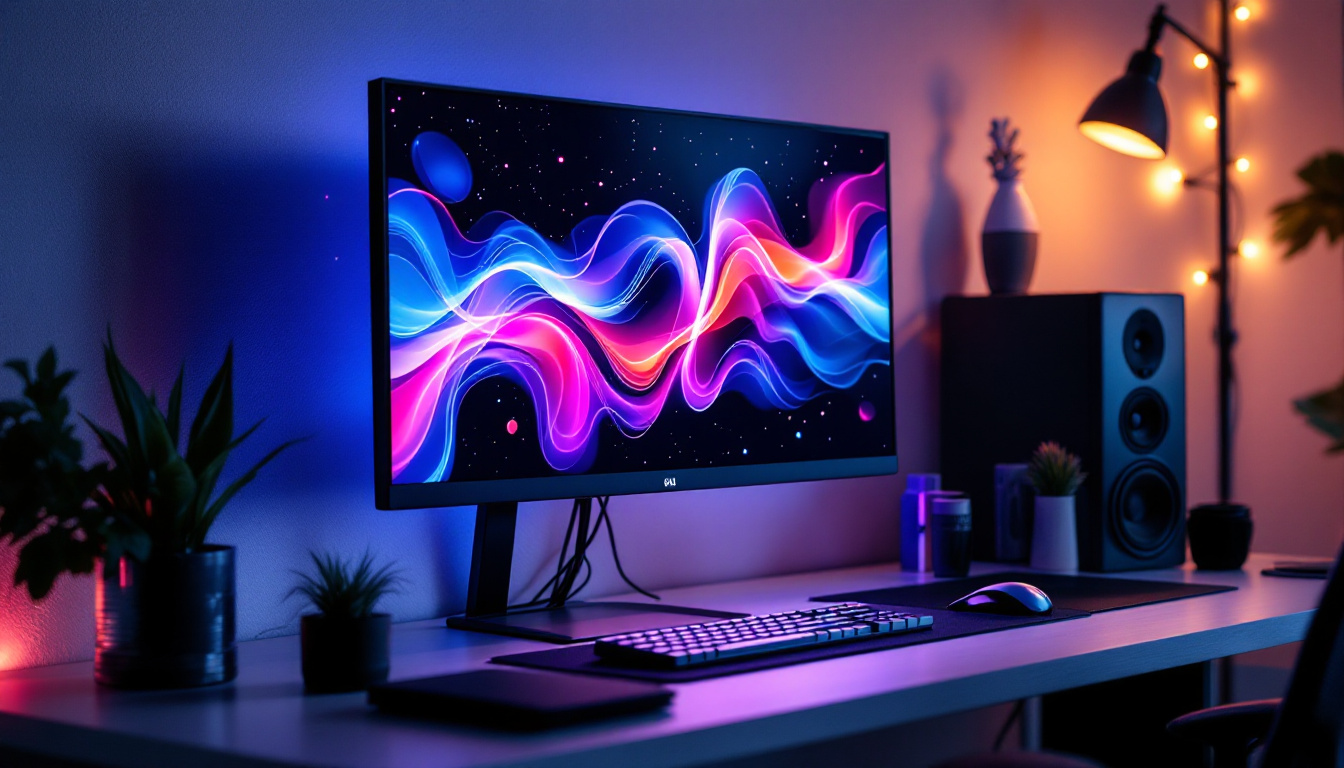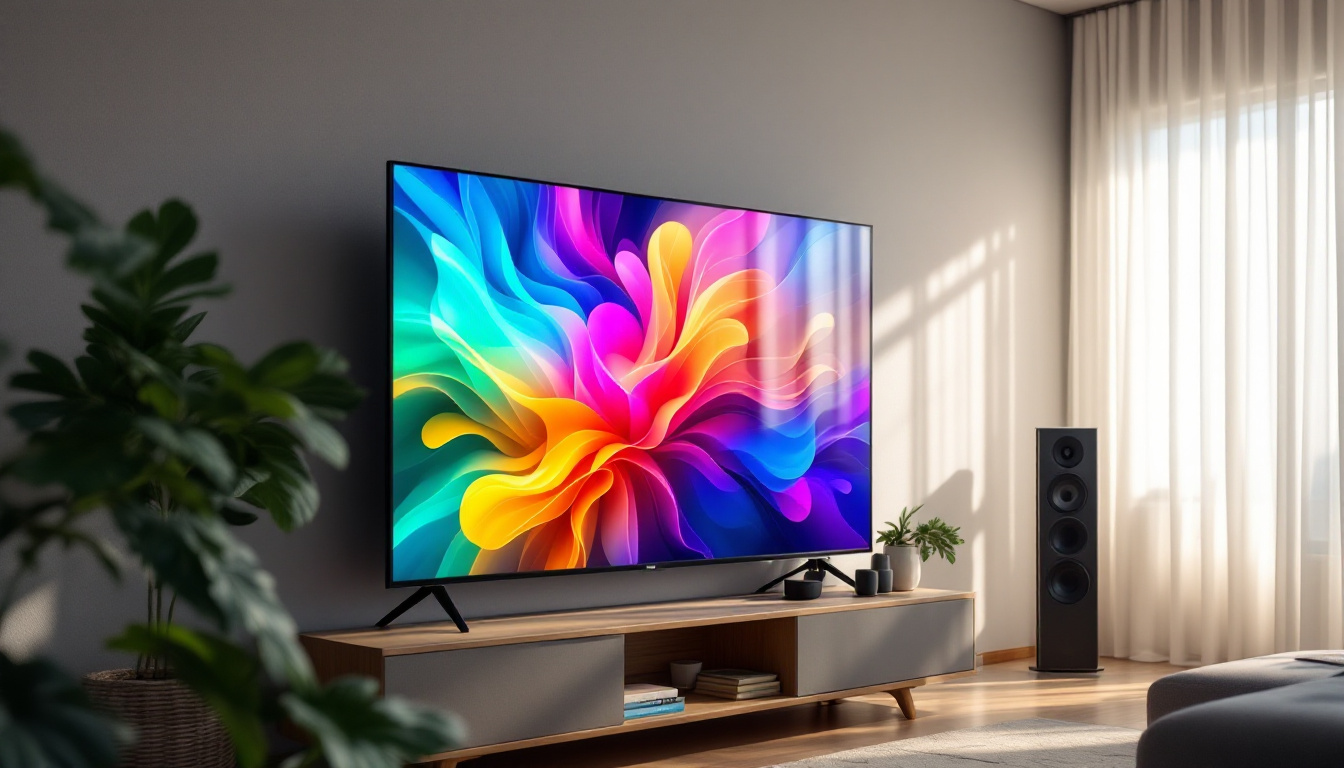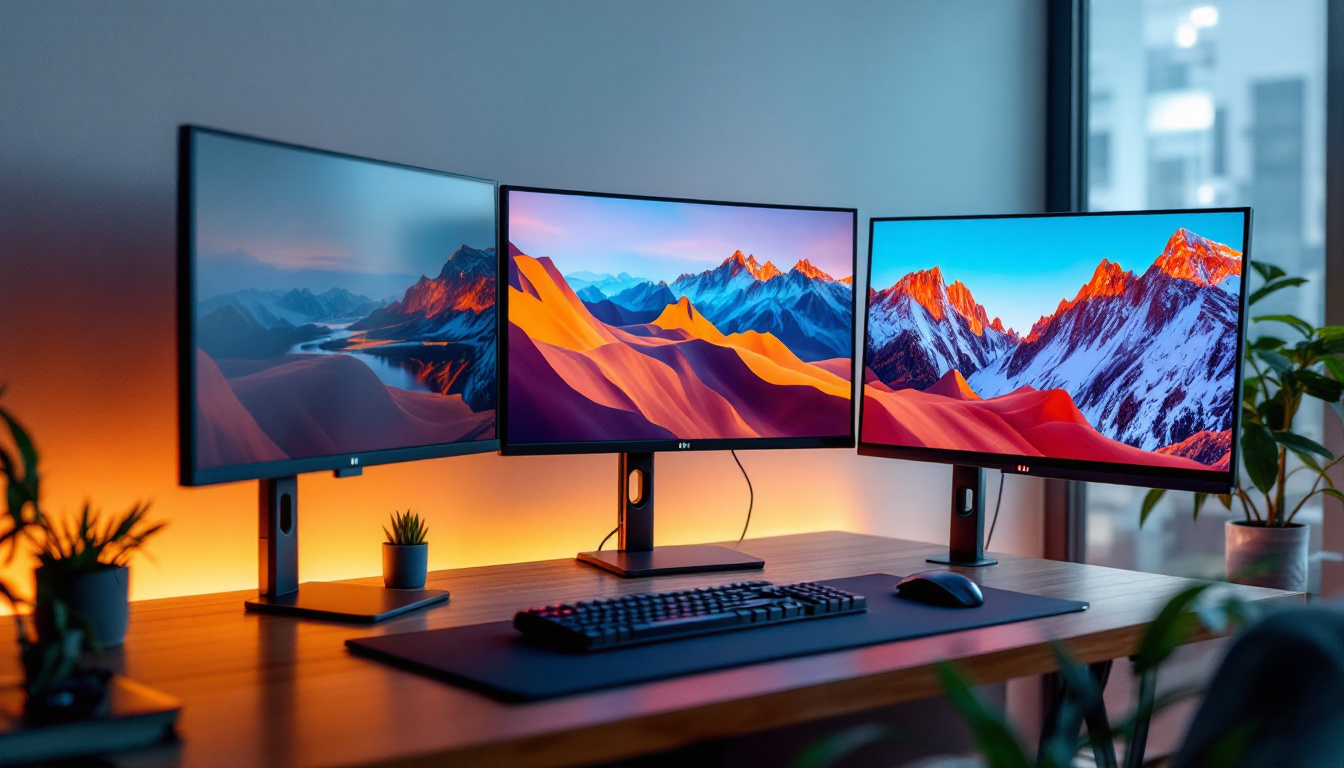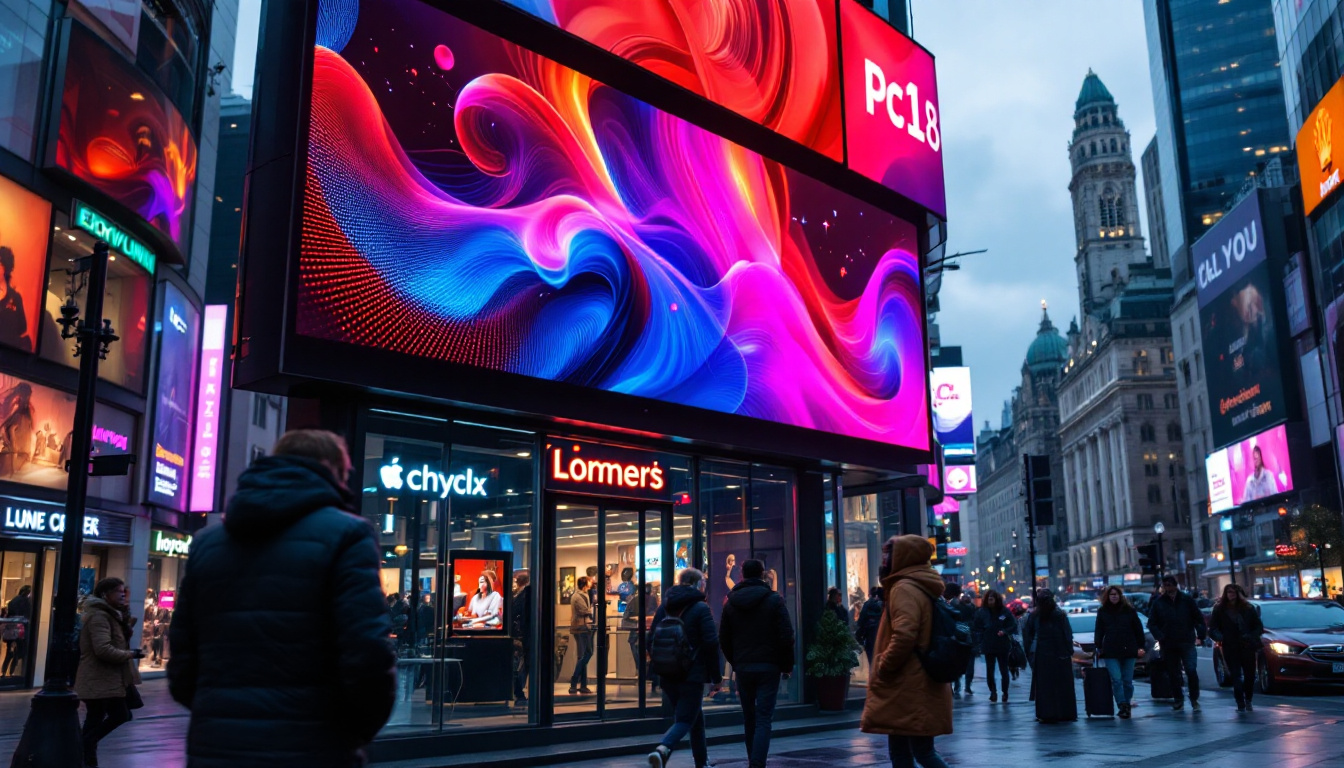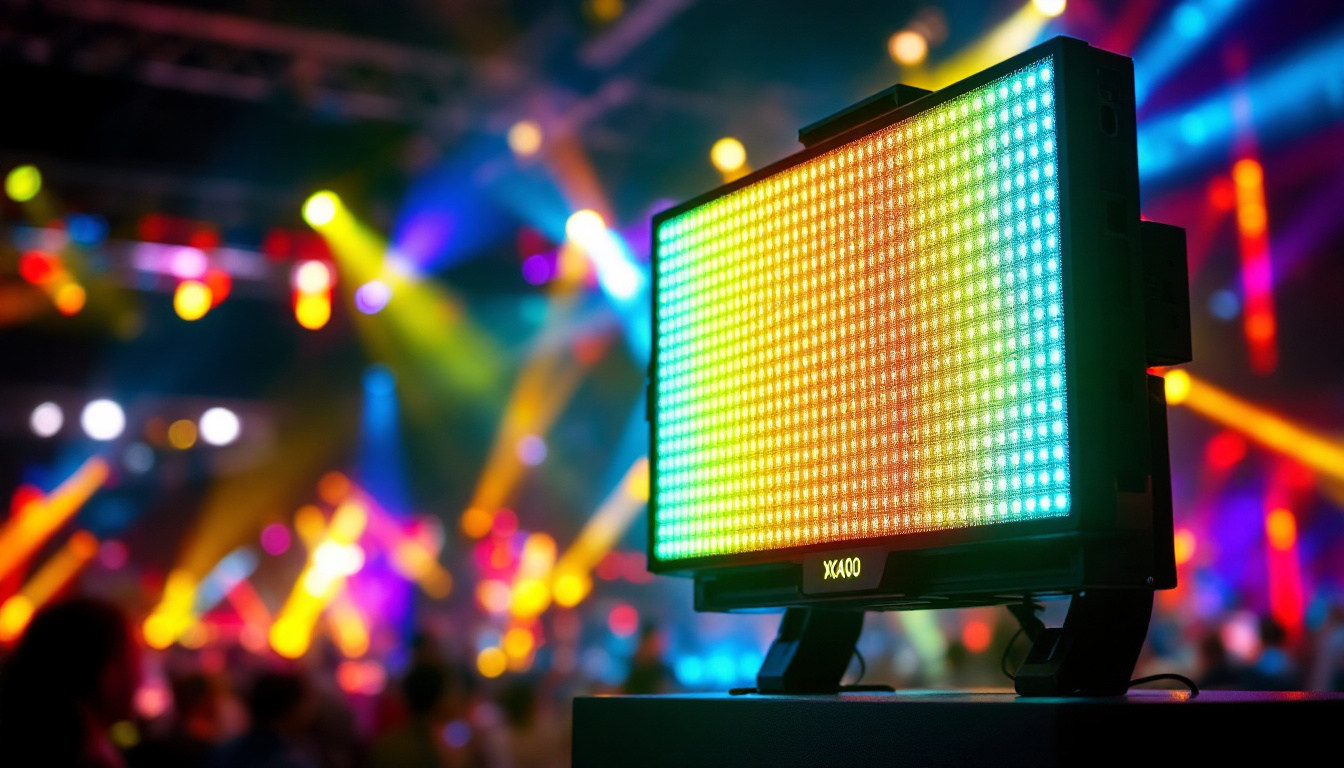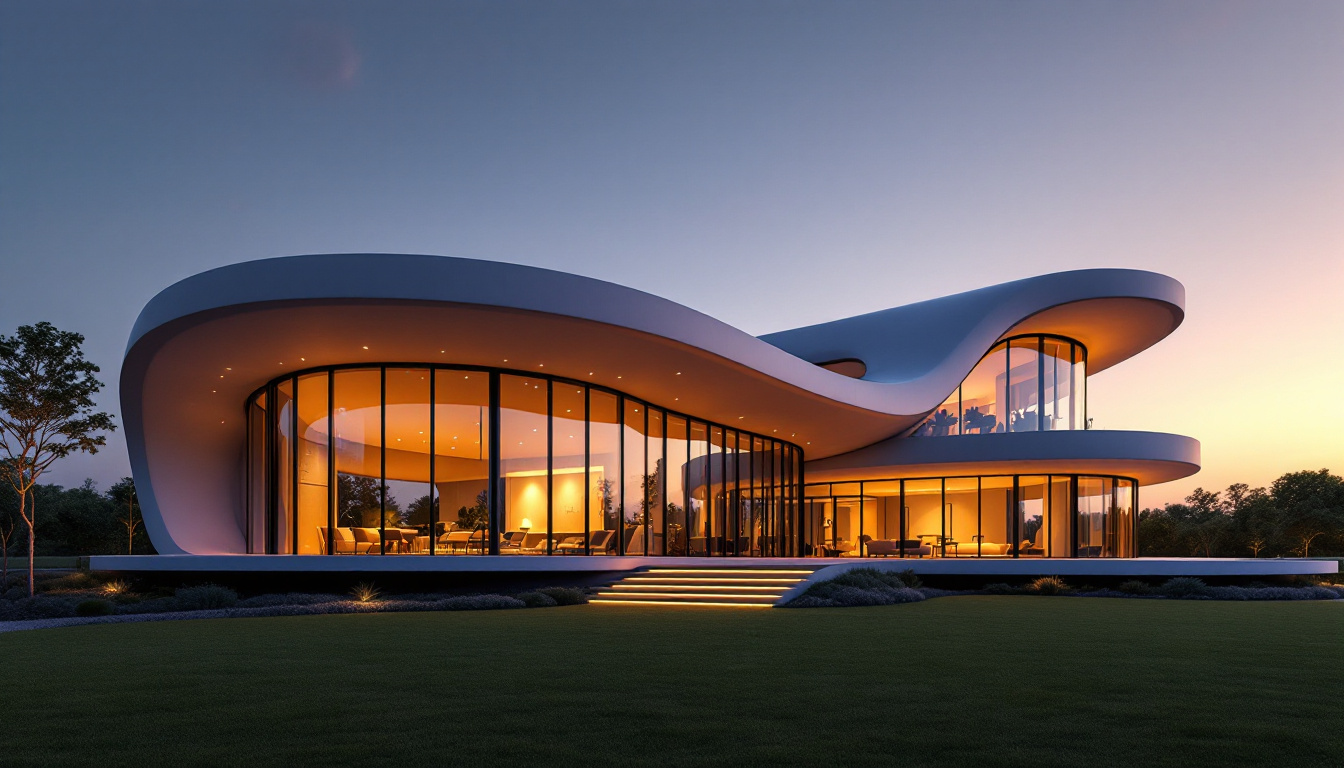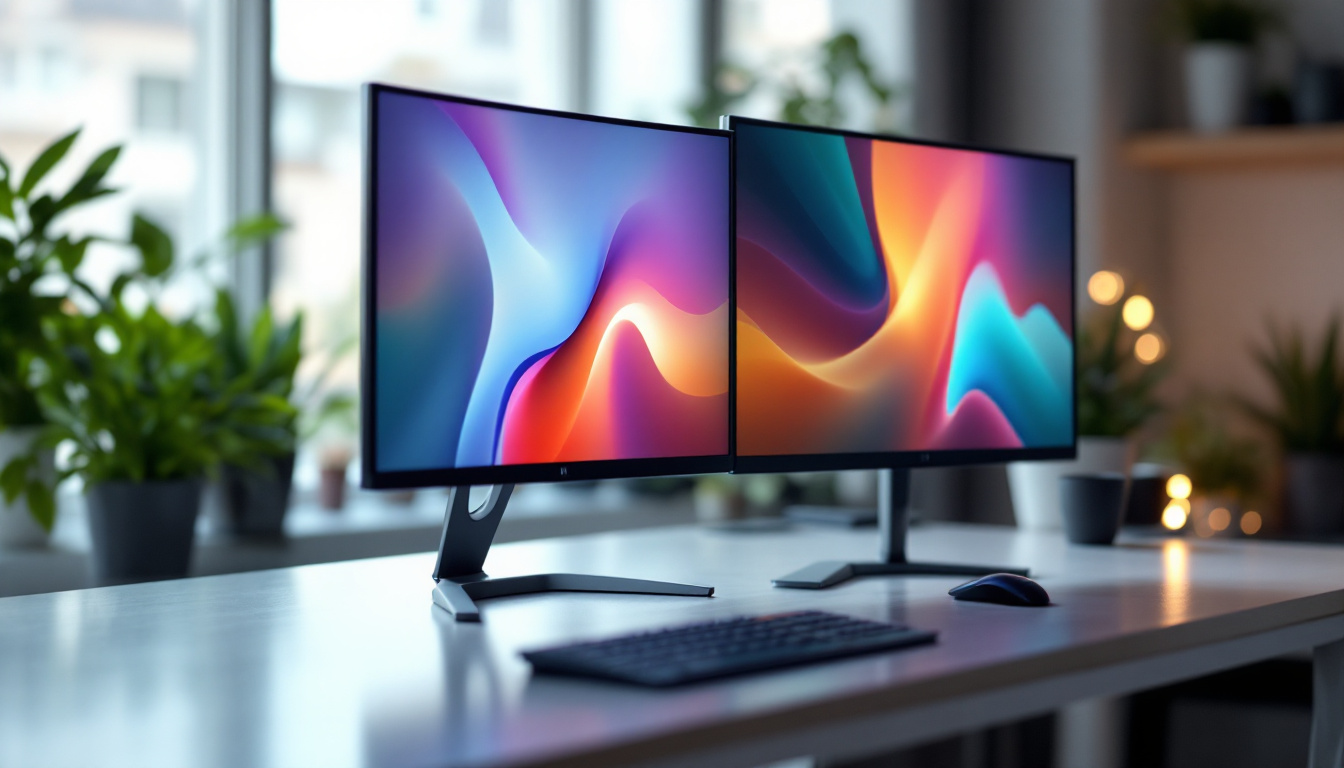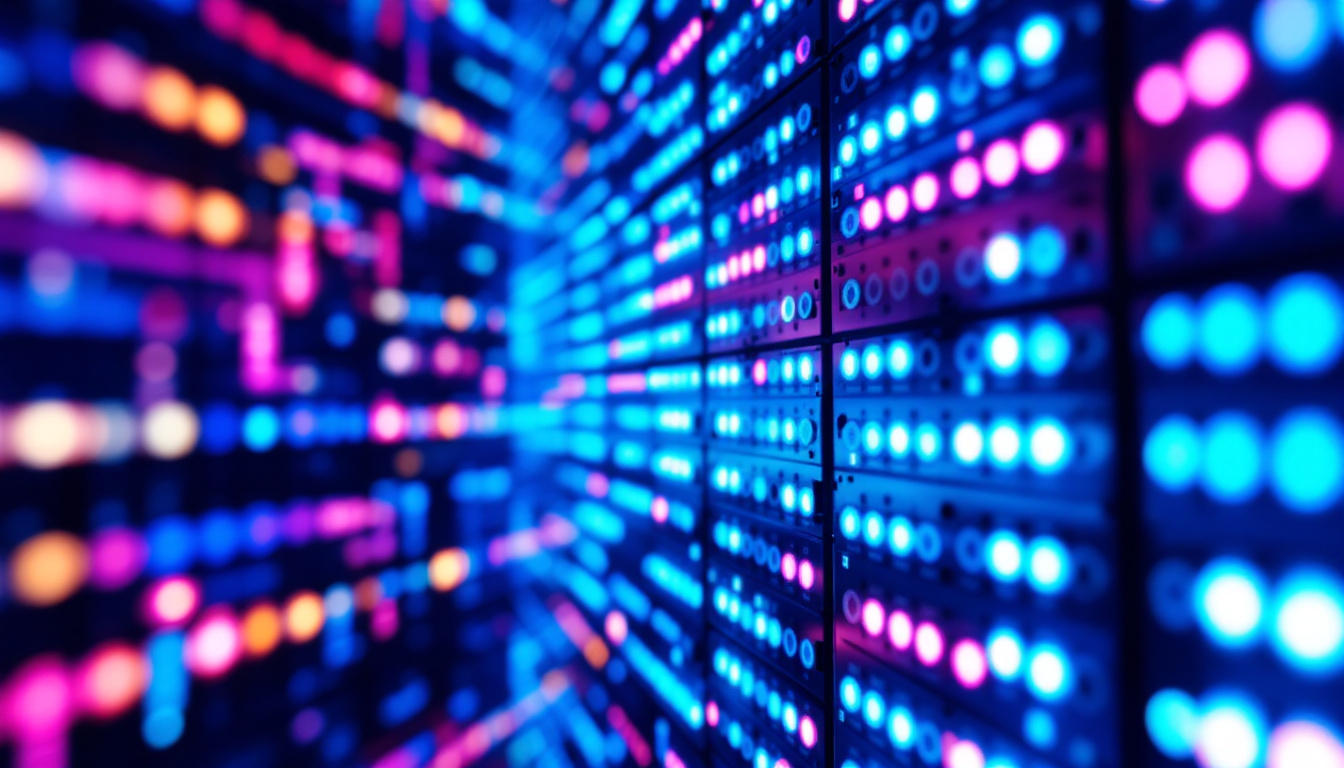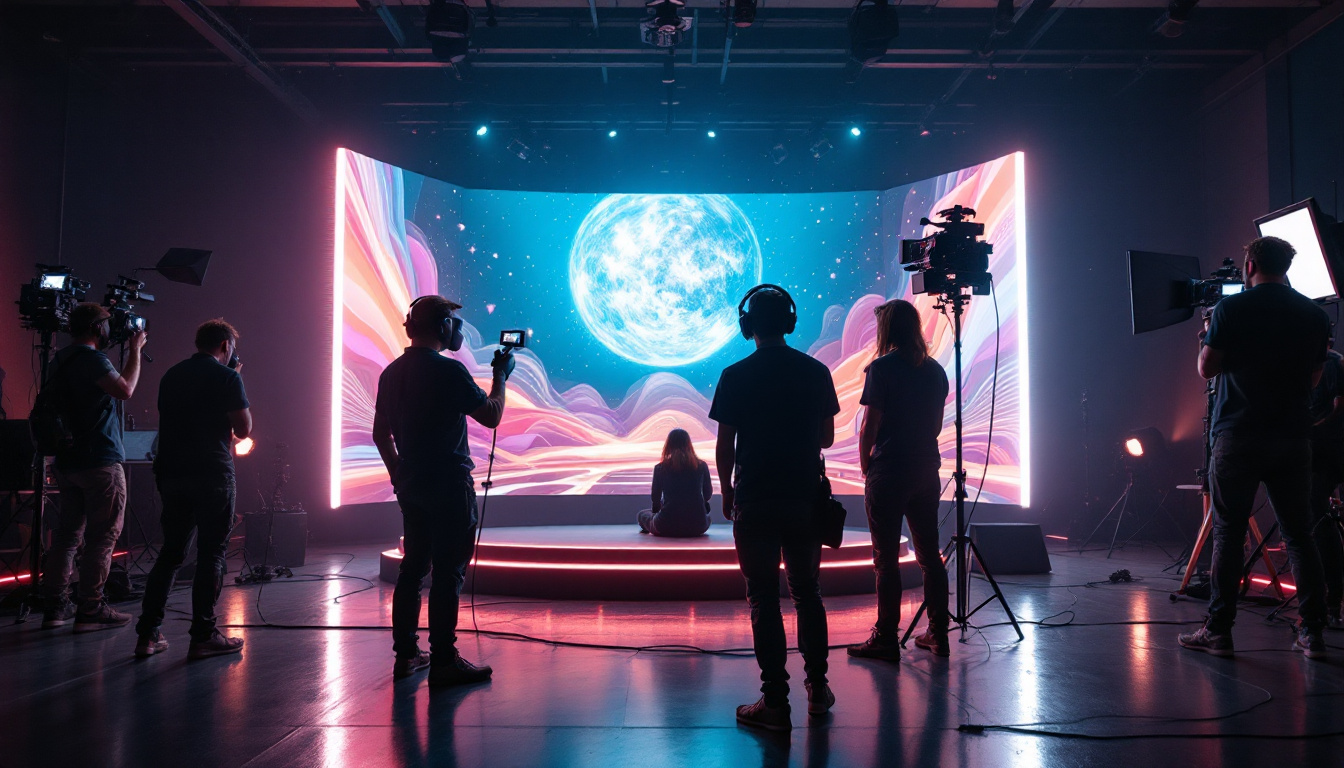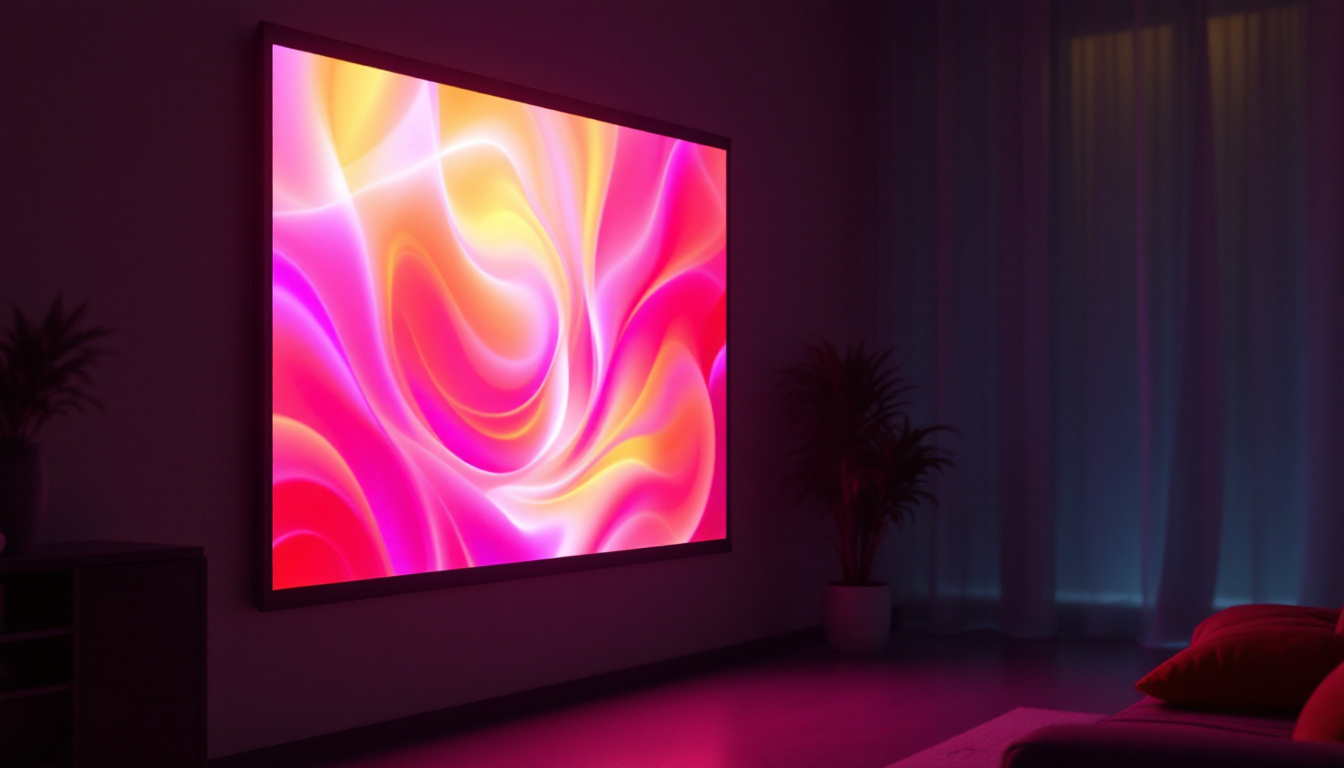The 55-inch touchscreen LED display is a remarkable piece of technology that has transformed the way we interact with digital content. From educational settings to corporate environments, these displays offer a versatile platform for engagement and communication. This article delves into the intricacies of 55-inch touchscreen LED displays, exploring their technology, applications, and benefits.
Understanding Touchscreen Technology
Touchscreen technology has come a long way since its inception. At its core, it allows users to interact with a device through touch, eliminating the need for traditional input methods like keyboards and mice. The 55-inch touchscreen LED display utilizes advanced technology to provide a seamless user experience. This innovation has transformed how we engage with devices, making technology more accessible and user-friendly across various sectors, from consumer electronics to industrial applications.
Types of Touchscreen Technologies
There are several types of touchscreen technologies, each with its unique advantages and disadvantages. The most common types include resistive, capacitive, and infrared touchscreens. Each of these technologies operates differently, impacting responsiveness, durability, and cost. Understanding these differences can help consumers and businesses make informed decisions when selecting devices for their specific needs.
Resistive touchscreens are made up of multiple layers that detect pressure. They are cost-effective and work well with gloved hands or styluses. However, they may not offer the same level of clarity and responsiveness as other types. Often found in environments where durability is crucial, such as in industrial settings or medical equipment, resistive screens can withstand harsh conditions, making them a reliable choice despite their limitations in sensitivity.
Capacitive touchscreens, on the other hand, use the electrical properties of the human body to detect touch. This technology allows for multi-touch capabilities and provides a more responsive experience, making it the preferred choice for many modern devices. The clarity and brightness of capacitive screens also enhance the visual experience, which is why they are commonly used in smartphones and tablets, where user engagement is paramount.
How Touchscreen Displays Work
Touchscreen displays operate through a combination of hardware and software. The hardware consists of the touchscreen layer, which can be either resistive or capacitive, and the display layer, typically an LED or LCD screen. When a user touches the screen, the touchscreen layer sends signals to the display’s controller, which interprets the input and executes the corresponding action. This rapid response time is essential for applications requiring real-time interaction, such as gaming or interactive kiosks.
The software aspect involves the operating system and applications that run on the display. These systems are designed to recognize touch gestures, such as taps, swipes, and pinches, allowing for intuitive navigation and interaction. Additionally, advancements in software algorithms have improved gesture recognition, enabling more complex interactions like rotating images or zooming in on maps. As developers continue to innovate, the potential for touchscreen technology expands, paving the way for more immersive experiences in virtual and augmented reality applications.
The Advantages of 55-Inch Touchscreen LED Displays
55-inch touchscreen LED displays offer numerous advantages that make them ideal for various applications. Their size and technology provide a perfect balance between visibility and interactivity.
Enhanced User Engagement
One of the primary benefits of touchscreen displays is their ability to engage users actively. In educational settings, for instance, students can interact with content directly, fostering a more immersive learning experience. Similarly, in corporate environments, these displays can facilitate collaboration during meetings, allowing participants to share ideas and information dynamically.
The interactive nature of touchscreen displays also encourages participation, making it easier for users to absorb information and contribute to discussions. This engagement is particularly beneficial in environments where retention and understanding are crucial. For example, in a museum setting, touchscreen displays can provide visitors with interactive maps and detailed information about exhibits, allowing them to explore at their own pace while deepening their understanding of the subject matter.
Versatility in Applications
The versatility of 55-inch touchscreen LED displays is another significant advantage. They can be utilized in various settings, including classrooms, conference rooms, retail spaces, and public information kiosks. In retail, for example, touchscreen displays can enhance the shopping experience by providing customers with product information, promotions, and interactive catalogs.
In educational institutions, these displays can serve as digital whiteboards, allowing teachers to present lessons interactively. The ability to switch between different applications and content types makes them suitable for a wide range of uses. Additionally, in healthcare facilities, touchscreen displays can streamline patient check-in processes and provide vital information about services and directions, improving overall patient experience and operational efficiency. Their adaptability ensures that they can meet the specific needs of any environment, making them a valuable investment for businesses and institutions alike.
Key Features of 55-Inch Touchscreen LED Displays
When considering a 55-inch touchscreen LED display, several key features should be evaluated. These features can significantly impact the overall performance and user experience.
High Resolution and Brightness
High resolution is essential for clear and vibrant visuals. A 55-inch touchscreen LED display typically offers Full HD (1920 x 1080) or even 4K resolution (3840 x 2160), ensuring that images and text are sharp and detailed. This clarity is particularly important in environments where visual information is critical, such as presentations or educational content.
Brightness is another crucial factor. Displays with higher brightness levels can be easily viewed in various lighting conditions, making them suitable for both indoor and outdoor use. A brightness level of at least 300 nits is recommended for optimal visibility. Additionally, some advanced models feature adaptive brightness technology, which automatically adjusts the screen’s brightness based on ambient light conditions, ensuring that users always have the best possible viewing experience without straining their eyes.
Multi-Touch Capability
Multi-touch capability allows multiple users to interact with the display simultaneously. This feature is particularly beneficial in collaborative settings, where several individuals may need to engage with the content at once. Multi-touch functionality enhances the overall interactivity of the display, enabling gestures like pinch-to-zoom and swipe.
Furthermore, multi-touch capabilities can facilitate group activities, making it easier for teams to brainstorm and share ideas in real-time. This feature is often complemented by software that supports collaborative tools, such as digital whiteboards and interactive presentations, allowing users to annotate directly on the screen. In educational environments, this can transform traditional teaching methods, enabling students to participate actively in lessons and discussions, fostering a more engaging and dynamic learning atmosphere.
Installation and Maintenance Considerations
Installing a 55-inch touchscreen LED display requires careful planning and consideration. Proper installation ensures optimal performance and longevity of the display.
Installation Options
There are various installation options for touchscreen displays, including wall mounting, stand-alone setups, and integration into furniture. Wall mounting is a popular choice for classrooms and conference rooms, as it saves space and provides a clean look. Stand-alone setups are ideal for retail environments, where displays can be positioned for maximum visibility. Moreover, integrating displays into furniture, such as desks or kiosks, can create a seamless experience for users, particularly in environments like museums or interactive exhibits.
When selecting an installation option, it is essential to consider factors such as accessibility, viewing angles, and the overall layout of the space. Proper placement can enhance user interaction and engagement. For instance, in a corporate setting, positioning the display at eye level can facilitate better communication during presentations, while in a retail space, ensuring that the display is within reach can encourage customer interaction. Additionally, considering the proximity to power sources and network connections is vital to avoid unsightly cables and ensure a clean installation.
Regular Maintenance and Care
Maintaining a touchscreen display is crucial for its longevity and performance. Regular cleaning is necessary to keep the screen free of smudges and fingerprints, which can affect visibility and responsiveness. Using a microfiber cloth and a suitable cleaning solution is recommended to avoid damaging the screen. It’s also advisable to establish a routine cleaning schedule, particularly in high-traffic areas, to maintain a professional appearance and ensure that the display remains inviting for users.
Additionally, software updates should be performed regularly to ensure that the display operates smoothly and securely. Keeping the firmware up to date can also enhance functionality and introduce new features. Beyond software updates, monitoring the display for any signs of wear or malfunction is essential. This includes checking for dead pixels, flickering, or any unusual sounds, which may indicate underlying issues. Implementing a proactive maintenance plan not only extends the life of the display but also ensures that it continues to meet the evolving needs of users in various environments.
Future Trends in Touchscreen Technology
The future of touchscreen technology is promising, with several trends emerging that could further enhance the capabilities of displays like the 55-inch touchscreen LED. These trends are likely to shape the way users interact with technology in the coming years.
Advancements in Display Technology
As technology continues to evolve, advancements in display technology are expected to improve the quality and functionality of touchscreen displays. Innovations such as OLED and MicroLED technology may offer better color accuracy, contrast ratios, and energy efficiency compared to traditional LED displays.
These advancements could lead to thinner, lighter displays with improved durability, making them even more suitable for various applications.
Integration with AI and IoT
The integration of artificial intelligence (AI) and the Internet of Things (IoT) is another trend that could significantly impact touchscreen technology. AI could enhance user interactions by enabling voice commands and predictive analytics, making the experience more intuitive.
IoT integration could allow touchscreen displays to connect with other devices, creating a seamless ecosystem where users can control multiple applications and devices from a single interface. This connectivity could enhance collaboration and efficiency in both personal and professional settings.
Conclusion
The 55-inch touchscreen LED display represents a significant advancement in interactive technology. Its ability to engage users, coupled with its versatility and advanced features, makes it an invaluable tool in various settings. As technology continues to evolve, the potential for these displays will only grow, paving the way for more innovative applications and enhanced user experiences.
Understanding the intricacies of this technology can help organizations and individuals make informed decisions when integrating touchscreen displays into their environments. Whether in education, corporate settings, or retail, the benefits of 55-inch touchscreen LED displays are undeniable, making them a worthy investment for the future.
Discover the Future of Visual Engagement with LumenMatrix
Ready to elevate your interactive experiences with cutting-edge technology? LumenMatrix is at the forefront of LED display innovation, offering a wide array of solutions that bring your content to life. From captivating Indoor LED Wall Displays to dynamic Outdoor LED Wall Displays, and from versatile Vehicle LED Displays to engaging LED Sports Displays, our products are designed to transform your visual communication. Embrace the future with LumenMatrix’s advanced LED display modules and create unforgettable visual experiences. Check out LumenMatrix LED Display Solutions today and see how we can help you make a lasting impression.

